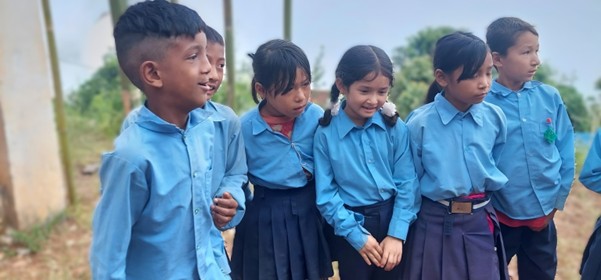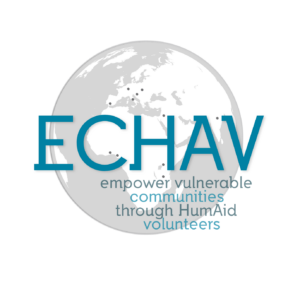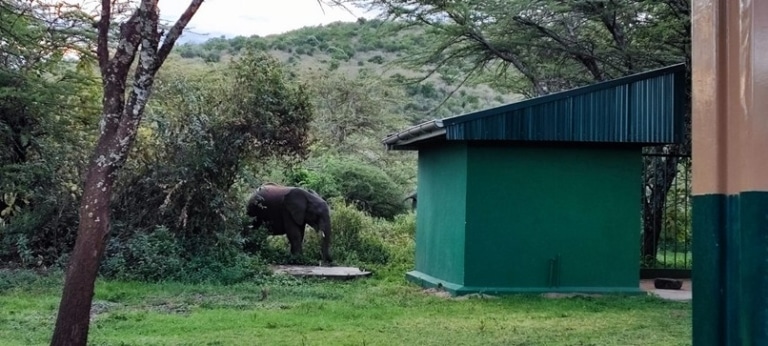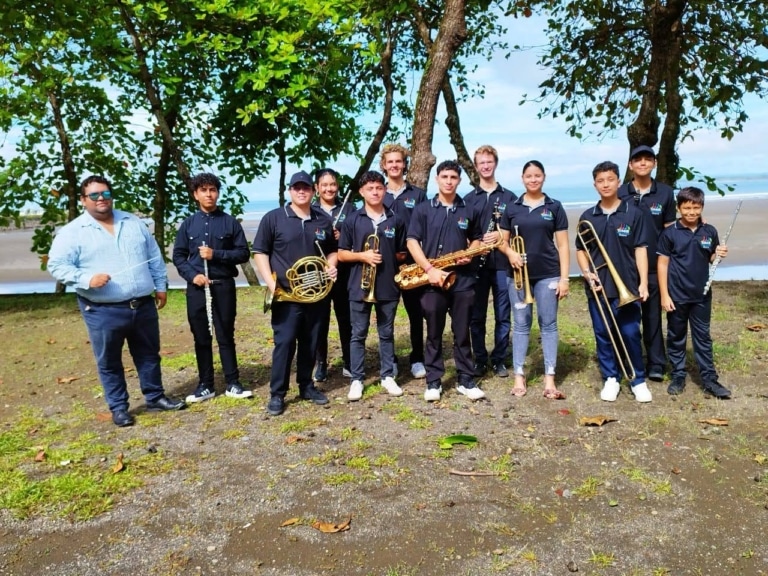Dieser Blog wurde von Alina verfasst, die als Freiwillige für zwei Monate in Nepal tätig war. Im Rahmen des Humanitarian Aid Projects der Europäischen Kommission leistete sie ihren Freiwilligendienst und arbeitete zusammen mit anderen Freiwilligen an Projekten zum Thema Kinderschutz. Gemeinsam mit lokalen Partnern und der Unterstützung von Organisationen wie der Volunteers Initiative Nepal setzte sie sich für eine nachhaltige Verbesserung des Kinderschutzes in ländlichen Gebieten Nepals ein. In ihrem Blog teilt Alina ihre Erfahrungen und reflektiert, wie gemeinschaftsbasierte Ansätze zu nachhaltigen Veränderungen im Bereich des Kinderschutzes führen können.
Can communities drive real change in child protection?
In the rural areas of Nepal, child protection is not just a legal responsibility but a shared community effort. Here, children face significant challenges, from poverty and limited access to education to cultural practices that may lead to child marriage, labor, or neglect. Yet, there’s hope. Community-based child protection has emerged as a powerful solution. By involving local groups, like children’s clubs and women’s groups, communities actively safeguard children’s rights and welfare. These grassroots efforts empower residents to address issues directly within their environments, creating sustainable and culturally sensitive solutions. During my two months in Okhaldhunga, I was part of a team of 10 dedicated young women who worked alongside local children, schools, and community leaders, and I saw firsthand how these initiatives can transform lives.
What makes children’s clubs so effective?
One of the most impactful community-based approaches involves children’s clubs. Supported by organizations such as VIN (Volunteers Initiative Nepal), these clubs are more than just after-school activities. They create safe spaces where children learn, play, and grow, while also gaining a deeper understanding of their rights. Through debates, workshops, and creative arts, children become empowered to protect themselves and their peers. During our time in Okhaldhunga, we guided them to lead discussions, organize awareness activities, and engage others in ways that build community spirit and mutual support. I’ll never forget a young girl named Sabina, who was very shy at first. By the end of our sessions, she was confidently sharing her thoughts with the group. Stories like Sabina’s highlight why these clubs matter—they give children a voice and the confidence to use it.
Why are women’s groups vital in this mission?
Equally essential are the women’s groups, composed of mothers and female community members who offer guidance, education, and support to families. They lead awareness campaigns and training sessions, teaching parents about the importance of child protection, early childhood education, and recognizing signs of abuse. These groups also work closely with local authorities, advocating for systems that ensure a swift response to child protection issues, whether through legal measures or community support networks. Organizations like VIN and Plan International play a crucial role by forming these partnerships, strengthening the community’s ability to safeguard children and making sure no child falls through the cracks.

Have these community efforts made a real impact?
Yes, and the results speak for themselves. In Okhaldhunga, children’s clubs and women’s groups have already had a measurable impact. School enrollment rates, especially among girls, have increased thanks to awareness campaigns about the importance of education. Communities are now more informed about child rights, leading to a rise in the reporting of abuse cases and the development of stronger protective networks. According to Save the Children, fostering strong community bonds is essential for building resilience, ensuring even the most vulnerable children have access to protection and care.
What challenges do these initiatives still face?
Despite their successes, these initiatives face significant challenges. Limited funding and resources can restrict the reach of community-based programs, making it harder to provide support to all children who need it. There’s also a need for continuous training of volunteers and local leaders, which requires ongoing investment in educational resources. Cultural barriers present another layer of difficulty, as traditional beliefs around child discipline or gender roles can sometimes conflict with modern child protection strategies. Overcoming these obstacles requires patience, education, and ongoing dialogue to ensure that protective measures remain both effective and culturally sensitive.
Looking Ahead: A Brighter Future for Every Child
Reflecting on my experience, working alongside those bright, eager children has been one of the most rewarding parts of my journey in Nepal. Together, we weren’t just teaching lessons; we were building a movement. Seeing children empowered, and communities coming together has been truly humbling.
Despite the challenges, these community-driven solutions have the potential to create lasting change. By investing in local efforts, we can ensure that every child in Nepal, no matter how remote their village, grows up in a safe, supportive, and nurturing environment. It’s a vision of a brighter future, one that I am incredibly proud to have been a small part of. By strengthening these grassroots initiatives, we can empower more children like Sabina to find their voice, and in doing so, build stronger, more resilient communities across Nepal.
Acknowledgments
A huge thank you to the European Union, VISIONEERS Berlin, VIN, and all other partner organizations for making this project possible. I’m also grateful to the local community in Okhaldhunga—especially the children, parents, teachers, and local leaders—for their support and enthusiasm. Finally, a special thanks to my incredible colleagues for their dedication and teamwork throughout this journey.











